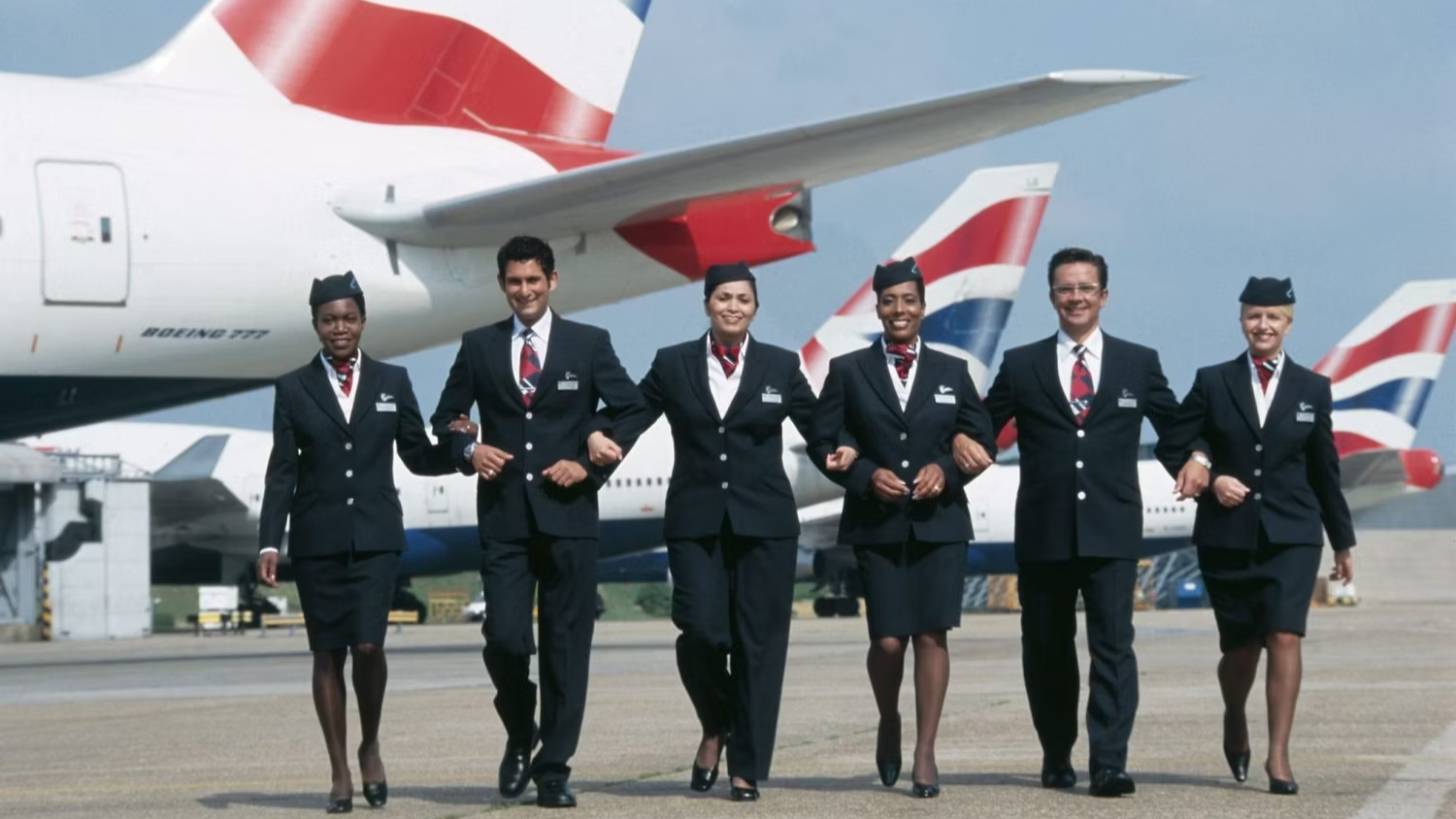Being an airline cabin crew member isn’t really a nine-to-five job and can be disruptive to everyday standard life. The hours are known to be unsocial and irregular, and there are lots of early mornings. However, there are some ways to stabilize your schedule or adapt. So, let’s take a look at what kind of shifts cabin crew can work.
Short-haul flights
As you probably expect, there are no regular shifts for cabin crew flying short-haul routes. A roster can be made up of early mornings and late nights, although you are usually finished by 01:00. Early morning flights can start as early as 05:00. A short-haul flight can be as short as an hour and as long as five hours. Here is an example of a seven-day block flying:
- London-Paris-London-Paris-London (same day and eight hours duty)
- London-Moscow-London (same day and approximately 12 hours duty)
- One day off
- London-Edinburgh (last flight, short layover) Edinburgh-London (next day, first flight out)
- London-Nice (layover) Nice-London (next day) followed by London-Paris-London (same day)
Photo: British Airways
Layovers are less common than they used to be. In general, short-haul cabin crew work five or six days a week and between eight and fourteen hours. There may also be delays. Hours are regulated strongly by the airline’s flight time limitations scheme.
Long-haul flights
Long-haul flights can be between seven and fourteen hours and always have a layover. Cabin crew also have inflight rest either in the bunks or in a row of seats kept empty for this purpose. Many long-haul flights are overnight, but not always. Trips can be between two days and ten days. Here are some examples that may be on a monthly roster:
- London-Dubai (layover twelve hours) Dubai-London (next day)
- Two days off
- London-Singapore (layover two nights), Singapore-Sydney (layover one night), Sydney-Singapore (layover two nights), Singapore-London (a ten-day trip, UK time)
- Four days off
- London-New York (layover twelve hours), New York-London (layover twelve hours), London-Boston (layover twelve hours), Boston-London (four-day trip, back to back)
- Two days off
- London-New Dehli (layover one night), New Delhi-London (next day)
- One day off
- London-Bejing (layover one night), Beijing-London (next day)
Photo: Emirates
On average, long-haul cabin crew have five or six trips a month and 9 or 10 days off. The longer and more demanding the trip (crossing time zones), the longer the days off to recover. Flights to the West, in this case, the back-to-back flights to the US, would have minimum rest time as the jet lag is considered to be less.
Standby duty
All cabin crew members are also rostered on standby duty every one to two months. This covers cabin crew who may call in sick or be late for work. It is a seven-hour period, either at home or the airport, where you can get called out on any trip. It is always short notice; you never know where you are going and how long you will be away until the last minute. It is better to get called out at the start of standby than to wait six and a half hours and then get called for a long-haul flight. Sometimes, you don’t get called and are released from such duty.
International airlines
Large international airlines do not always have separate fleets for long-haul and short-haul flying. So, in this case, cabin crew will see a mix of the above on their roster. A cabin crew working in the Middle East might see in two weeks:
- Dubai-Capetown (layover two nights), Capetown-London
- Two days off
- Dubai-Kuwait-Dubai followed by Dubai-Bahrain-Dubai (same day)
- Dubai-Munich (layover one night), Munich-Dubai
- Two days off
- Standby airport
- Standby home
- Dubai-Amman-Dubai (same day)
Photo: Erman Gunes | Shutterstock.
As you can see, a cabin crew schedule is very changeable and often quite hectic. Standby duties can also change the roster, so if the cabin crew gets called on standby for a 3-day trip, the Amman flight would be wiped off the roster.
Other work patterns
Low-cost airlines, charter airlines, and regional or domestic airlines generally have more stable rosters. Many cabin crew members choose to work for them as they can spend more time with their families. It means that they are home every night, and it is much less disruptive to daily life. Regional or domestic flights are often short hops of up to 30 minutes to an hour, but cabin crew often do four to six flights per day. Some cabin crew love the varied schedule and destinations that long-haul international flying offers; others like the variety of short-haul flights with the odd layover. But for some, it’s easier to be close to home and family and have less life disruption.




